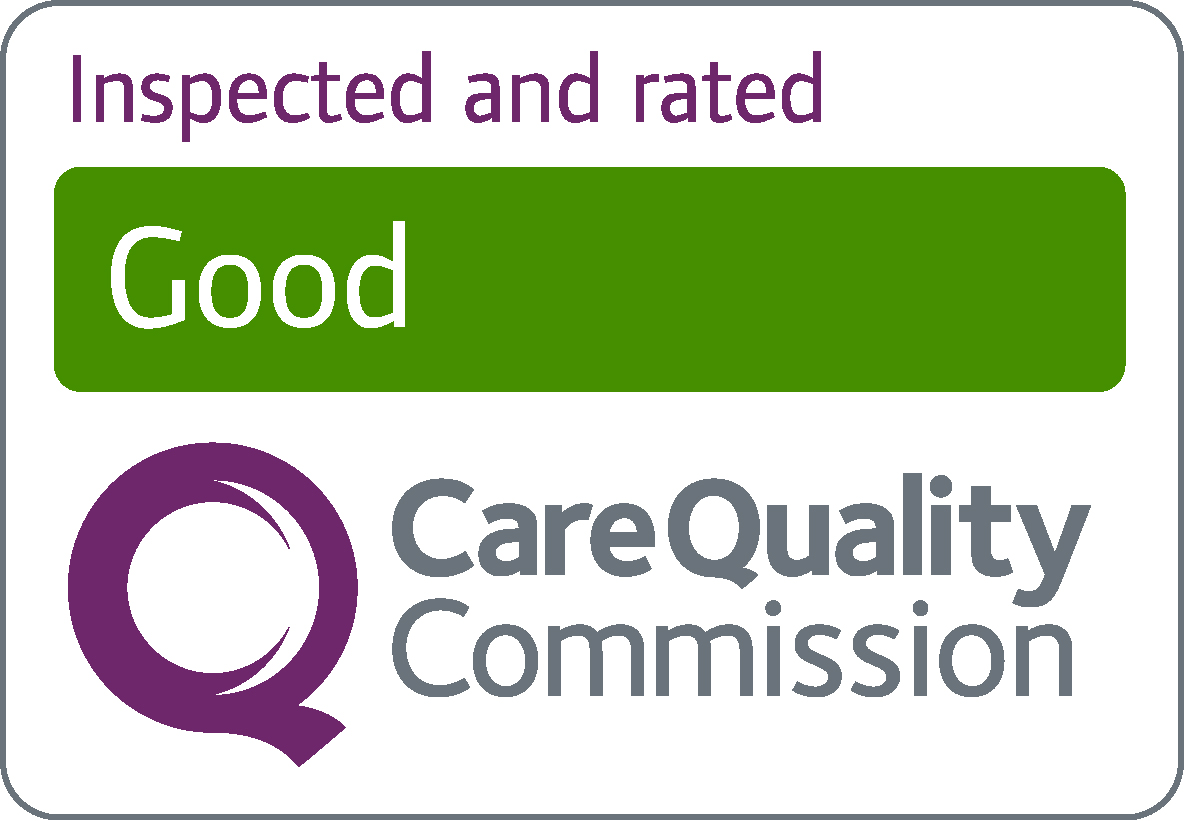Phlebitis (superficial thrombophlebitis)
Phlebitis is inflammation of a vein near the surface of the skin. It’s not usually serious and often gets better on its own after 1 or 2 weeks.
Phlebitis is also sometimes known as superficial thrombophlebitis or superficial vein thrombosis.
Phlebitis usually affects the veins in the legs, but you can also get it in your arms or neck.
The main symptoms are:
- pain, tenderness or swelling in the affected area
- warm and itchy skin over the affected area
- changes to the colour and texture of the surrounding skin – for example, the skin may be red and it may be thick and hard
Ask for an urgent GP appointment or get help from NHS 111 if you have:
- throbbing or cramping pain in your leg, arm or neck
- sudden swelling in your leg, arm or neck
- warm skin around the painful area
- red or darkened skin around the painful area
- swollen veins that are hard or sore when you touch them
It’s important to get these symptoms checked in case it’s something more serious like deep vein thrombosis (a type of blood clot).
You can call 111 or get help from 111 online.
Treatment for phlebitis may not be needed if your symptoms are mild.
But treatment may be recommended if your symptoms are severe or do not go away.
Treatments may include:
- anti-inflammatory medicines – cream or gel can be used if the affected area is small
- compression stockings – these increase blood flow to the legs but are only suitable for some people with phlebitis
- blood-thinning medicine to reduce the risk of blood clots and help stop phlebitis coming back
There are things you can do to help ease the pain and discomfort of phlebitis.
Do
continue using the affected leg or arm
raise your leg or arm while resting
put a warm, moist flannel over the affected area
take paracetamol or ibuprofen – if you’ve been prescribed blood-thinning medicine, do not take ibuprofen unless advised to by your doctor
It's not always clear what causes phlebitis.
Often the inflammation is linked to:
- varicose veins (swollen and enlarged veins, usually in the legs)
- conditions that cause the blood to clot more easily like thrombophilia
- autoimmune conditions like Behçet's disease (a rare condition that causes inflammation of the blood vessels)
- having injections or a small plastic tube (cannula) inserted into a vein
Other things that can increase your chances of getting phlebitis include:
- getting older
- being obese
- being pregnant
- having cancer
- having phlebitis in the past
